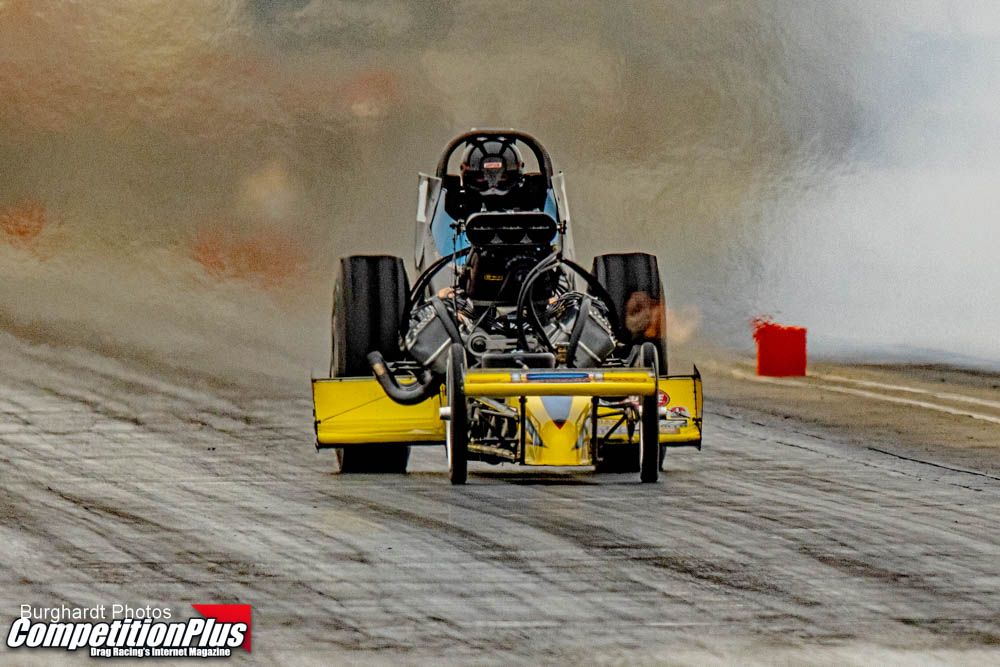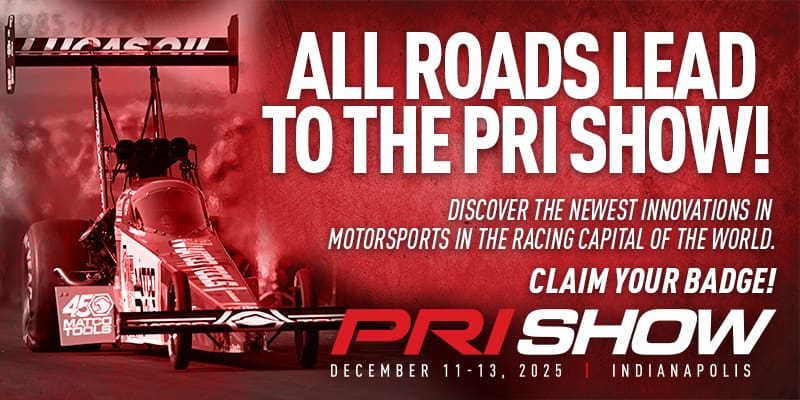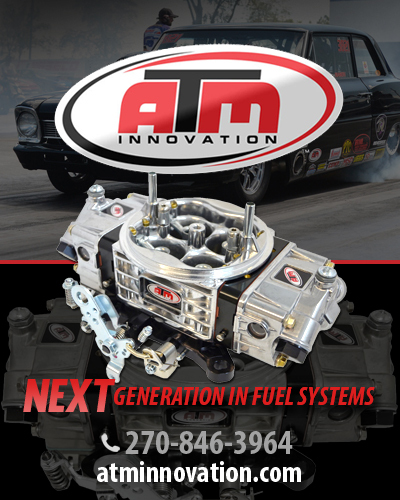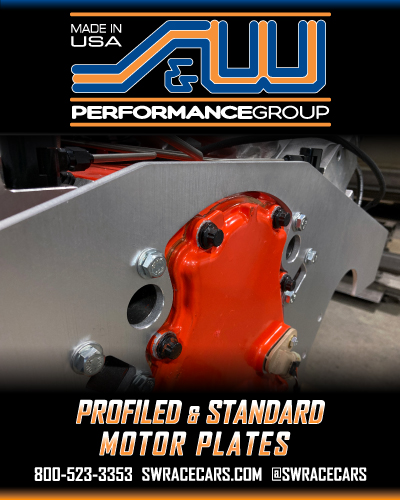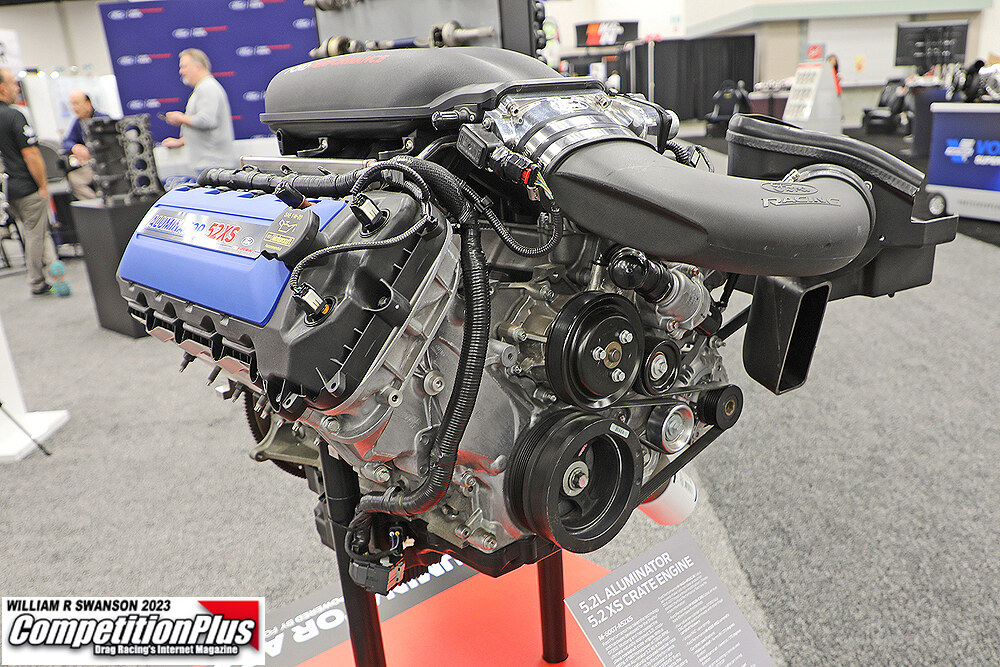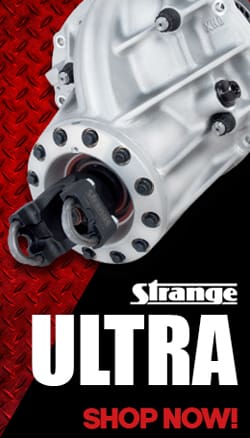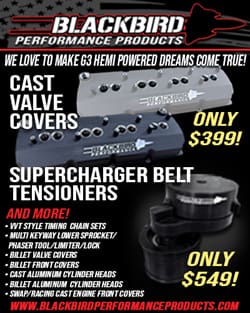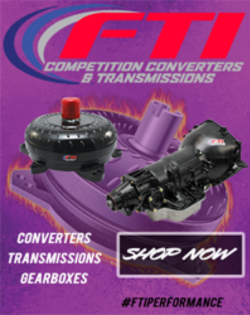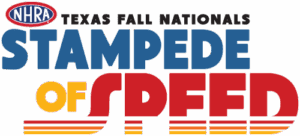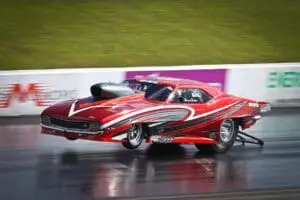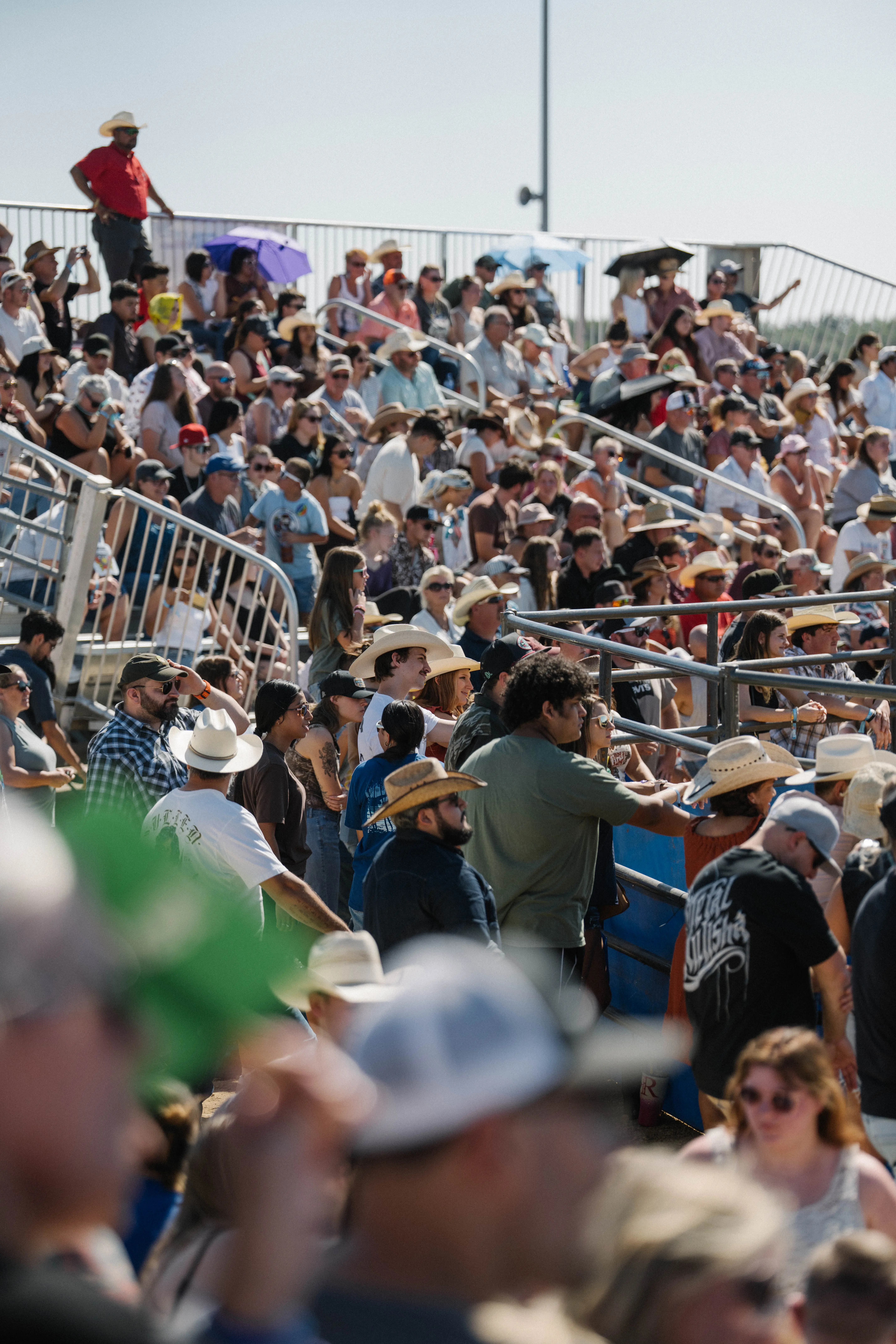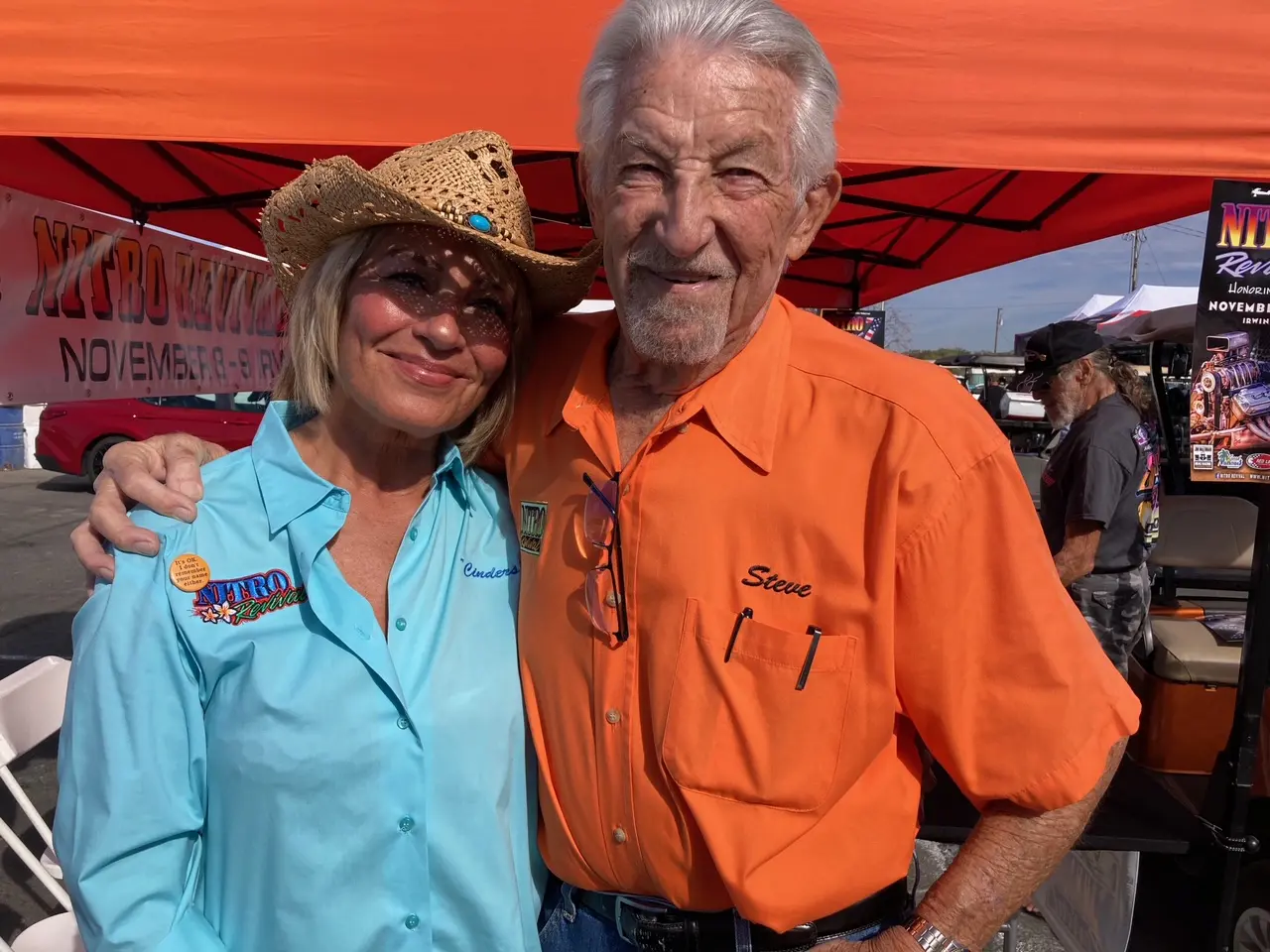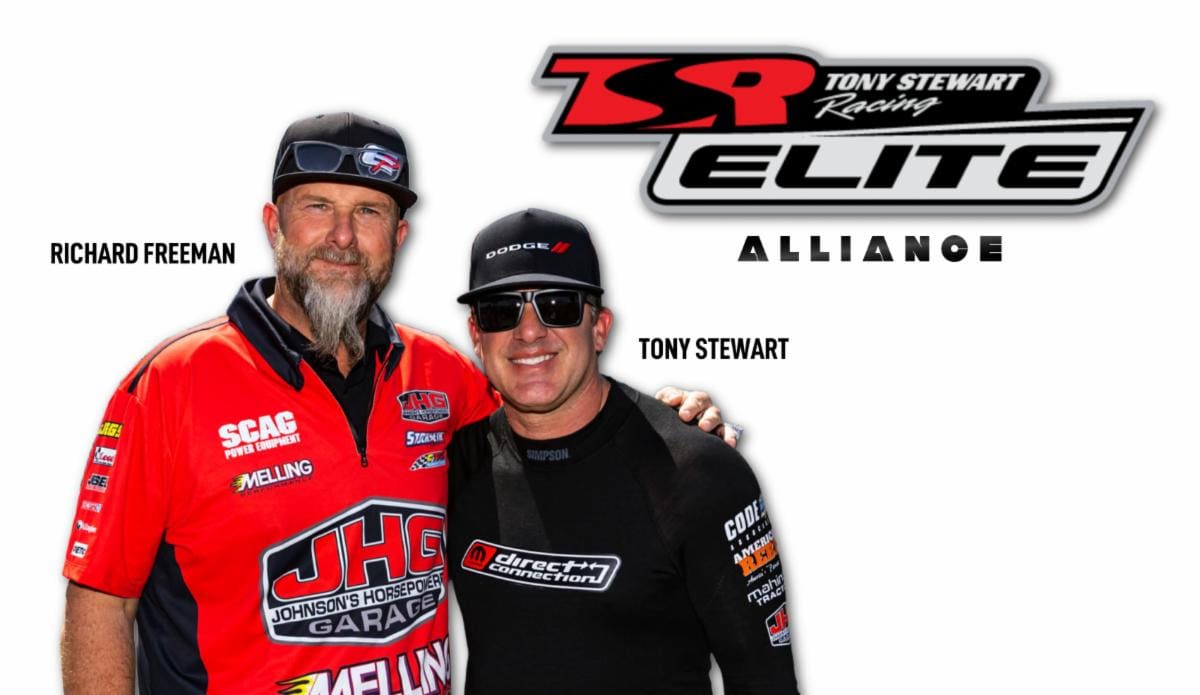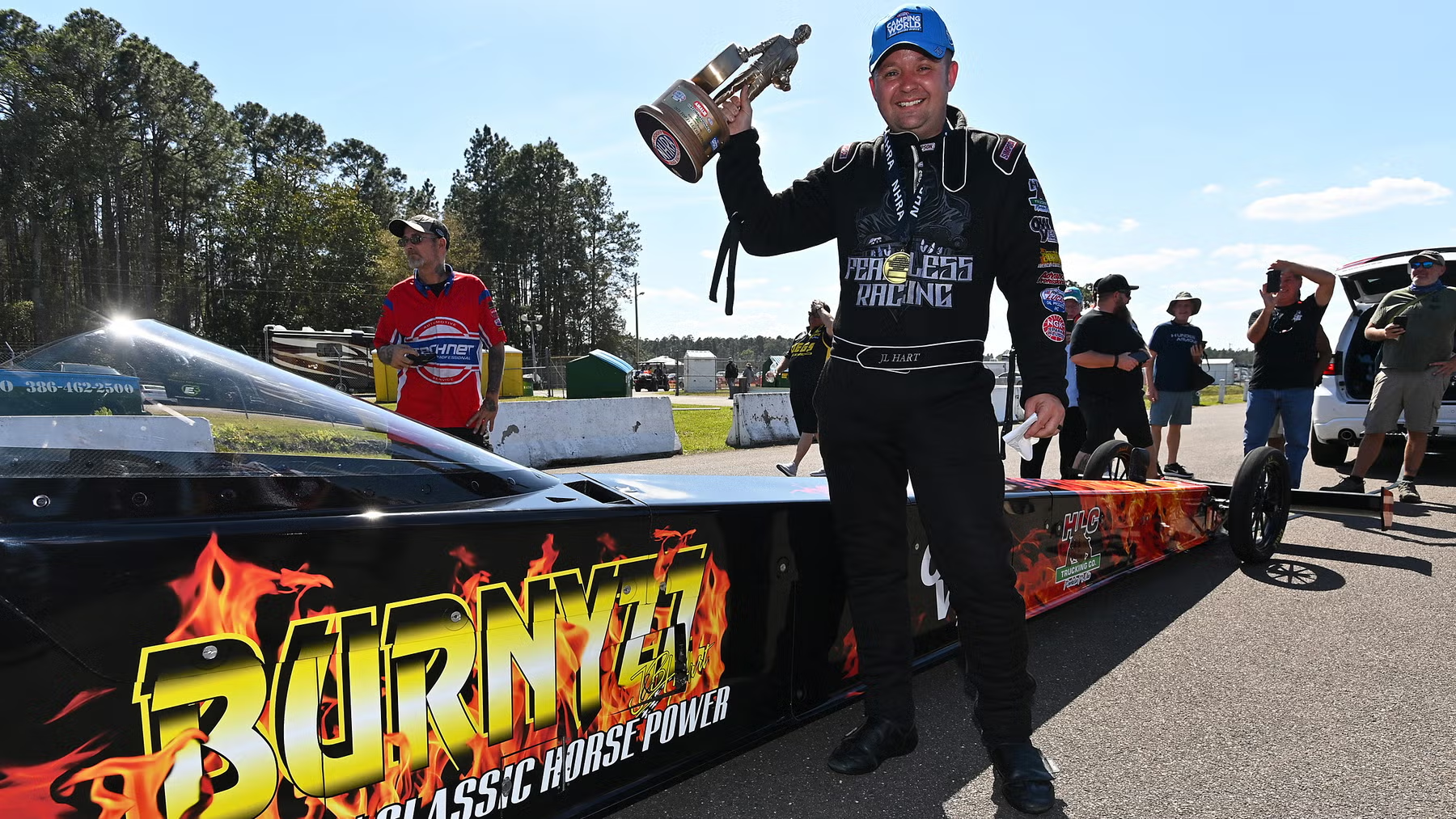The average person wouldn’t sit inches from a nitro-fueled explosion waiting to happen, with their knees wrapped around a rear end and 3,000 horsepower firing just beyond their toes. But then again, Tyler Hilton isn’t the average person.
He’s a front-engine Top Fuel driver — a breed equal parts engineer, thrill seeker, and daredevil. The 35-year-old from Cincinnati is chasing his fourth straight NHRA Heritage Series championship this weekend at the California Hot Rod Reunion at Famoso Dragstrip, driving Great Expectations III, a car that’s equal parts history lesson and high-wire act.
Hilton laughs when asked why anyone would willingly strap into such an engineering marvel that is a couple of levels up from Wile E. Coyote strapped to a rocket. “It’s the challenge of it,” he said. “The challenge of tuning it, the challenge of getting it to go down the track, the challenge of trying to make wind lights turn on. It’s really difficult, but I think we’ve been doing pretty well with it.”
That might be an understatement. Hilton has dominated nostalgia Top Fuel racing, winning three consecutive NHRA Heritage Series titles and leading the points heading into Bakersfield — the sport’s version of the world finals. If he wins his opening round, the championship is all but his again.
“We’ve got about a 60-point lead,” Hilton said. “We just have to make the right tuning calls and get it down the racetrack. Hopefully it all falls into place.”
But to understand why Hilton climbs into one of drag racing’s most dangerous vehicles, you have to understand his DNA. His story begins decades before his birth, with a Virginia couple who refused to accept limits.
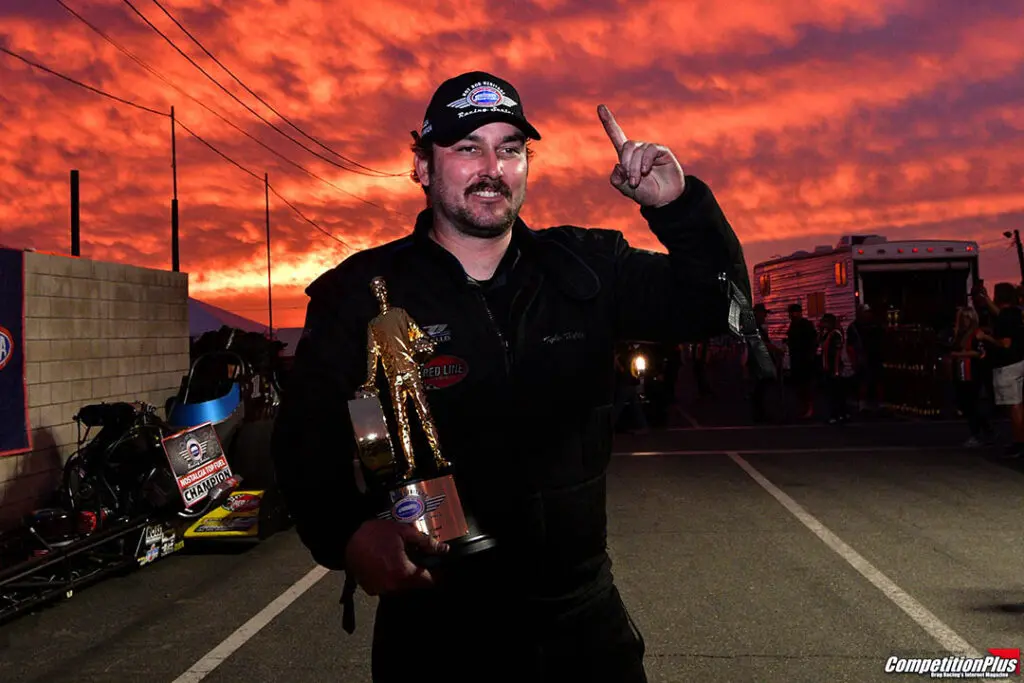
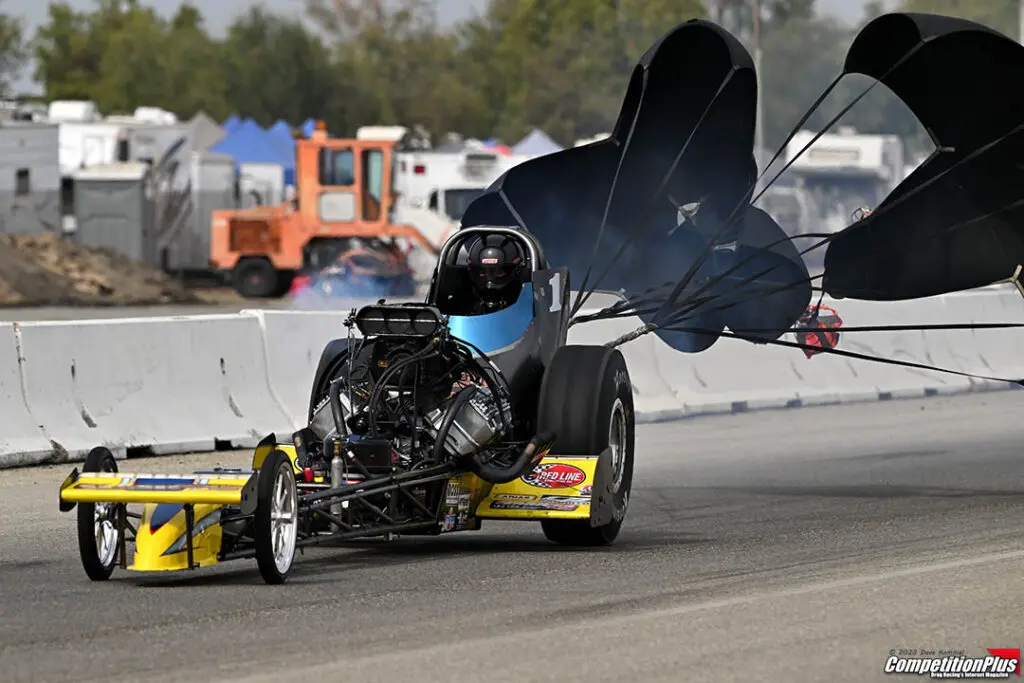
In the 1960s and ’70s, Jim and Allison Lee campaigned the famed Great Expectations Top Fuel cars, barnstorming across the country with a level of ingenuity that earned respect from everyone in the pits. Allison was among the first women to serve as a crew chief in professional drag racing — a trailblazer tuning nitro when few others dared to touch it.
Among their drivers was Bobby Hilton, a young Ohioan who would go on to win the 1980 IHRA Spring Nationals — then the richest Top Fuel race in the nation. That victory placed the Lees’ Great Expectations name in the record books and forever linked it to Hilton.
Now, Bobby’s son is carrying the torch. Great Expectations III is both tribute and weapon — a front-engine throwback with a modern edge, piloted by a driver chasing legacy more than glory.
“Yeah, I think part of it is thrill-seeking,” Tyler admitted. “But it’s also the history. These cars are a pure form of drag racing. You’ve got to respect them. You have to finesse them, but you also have to drive them. They don’t go on their own.”
Hilton’s cockpit view is a symphony of chaos: the engine in unreasonable proximity to his chest, the vibration rattling every bone, nitro fumes filling his helmet, and a narrow strip of asphalt waiting to punish the slightest mistake. “You know everything that’s going on with it because it’s right in front of you,” he said. “You’ve got to make the right tuning choices so the thing doesn’t end up in your lap.”
The front-engine Top Fuel cars began living on borrowed time in 1970 following Don Garlits’ catastrophic transmission explosion on March 8, 1970, at Lion’s Dragstrip. When Garlits debuted his successful and safer rear-engine design, the Top Fuel dragster advanced rapidly in terms of safety and performance. But nostalgia racers like Hilton keep the old school alive — not as stuntmen, but as preservationists of drag racing’s most primal era. But their versions of the front-engine cars are much safer.
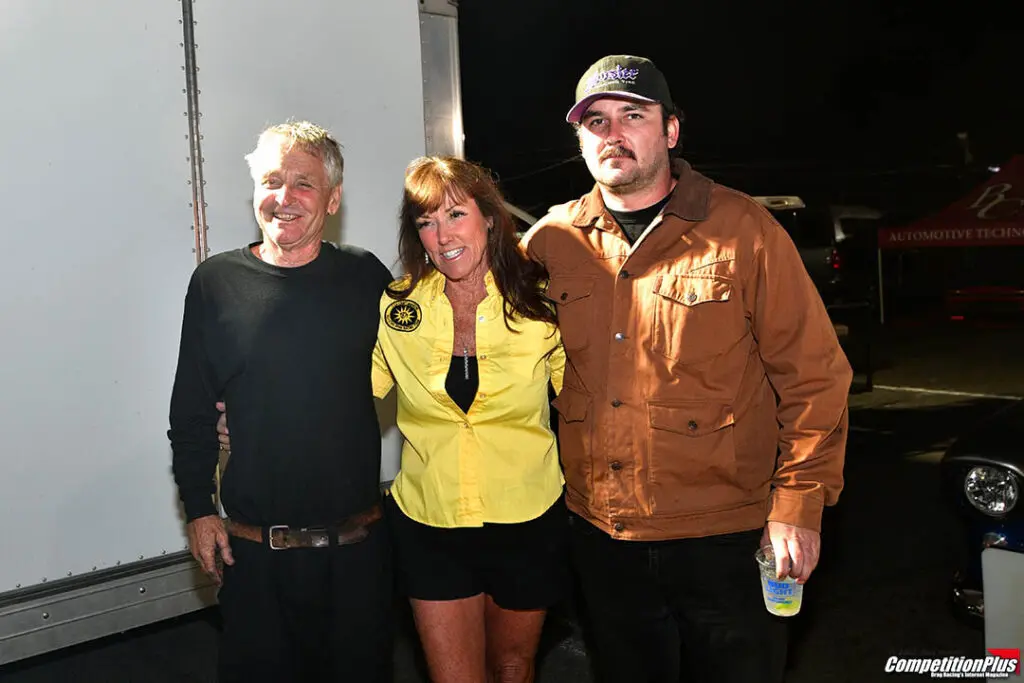
“They’ve advanced a lot,” Hilton said. “We have so much safety stuff on these cars now, but they’re still pretty gnarly. That’s a good way to put it.”
Hilton’s path to nitro wasn’t gradual. After getting his license at Frank Hawley’s Drag Racing School, he skipped the traditional ladder and jumped straight into a fuel car. “We were going to run 7.0 Pro with it,” he recalled. “That lasted one weekend before we were already putting more motors together and setting everything up for nitro.”
It’s been nearly a decade since that decision, and the risk has paid off. “I think I’ve got a pretty good handle on it by now,” he said. “But they always throw you a curveball. You just have to be ready for it.”
That readiness will be tested again this weekend in Bakersfield, where nostalgia drag racing’s season ends under the California sun. The California Hot Rod Reunion isn’t just a race — it’s a pilgrimage. For the old guard, it’s where memories are rekindled. For drivers like Hilton, it’s where history continues.
“It’s Famoso,” Hilton said, almost reverently. “All the history there since the late fifties — it’s our world finals. We start the year at the March Meet and end it at the Reunion. I think it’s a good way to do it.”
He pauses, acknowledging his Midwestern roots. “I’m not a big California guy myself,” he added. “But it’s okay having it there. I’m satisfied with it.”
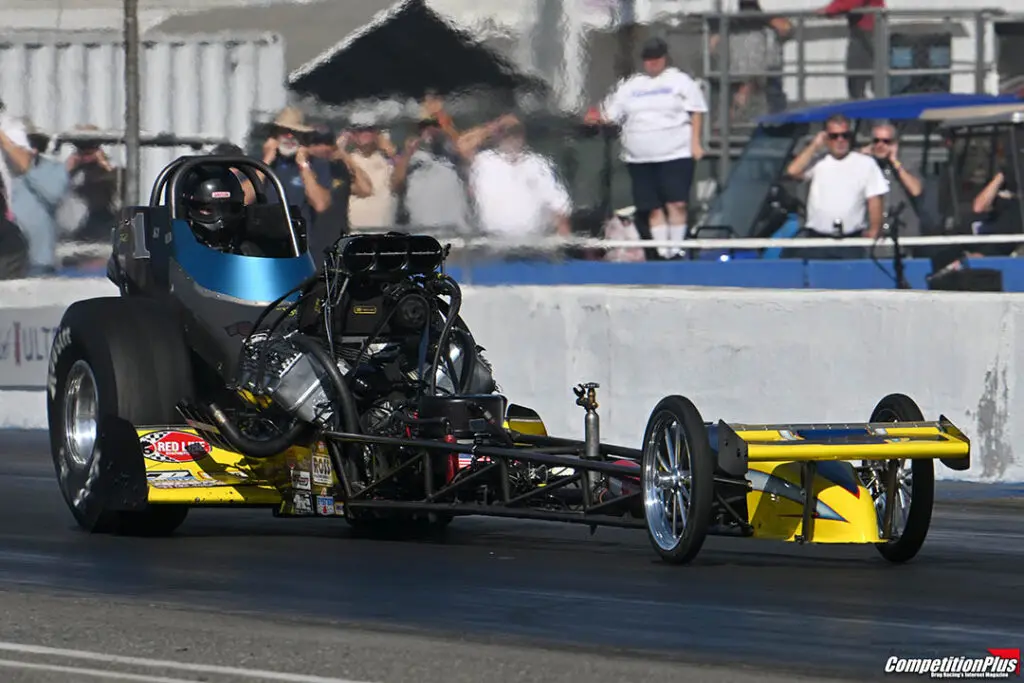
Those words echo the grounded attitude that defines Hilton’s approach. Despite his success, he still speaks like a racer working out of a family garage — because, in many ways, he is. The Great Expectations III team remains a small, tight-knit group, built around the same ethos Jim and Allison Lee carried from West Virginia to the winner’s circle half a century ago.
For Hilton, winning championships is meaningful, but so is honoring those who paved the way. “We’re not trying to recreate the past,” he said. “We’re doing our own thing now. But yeah, I’d say I’ve had that thought — that connection — somewhere down the line.”
That connection is the lifeblood of drag racing’s nostalgia scene. Every time Hilton rolls into the beams, he represents more than a driver chasing points. He represents a lineage of racers who believed that danger was a fair trade for the chance to chase perfection at 250 mph.
For most, it’s lunacy. For him, it’s family tradition.
“Some people run from fire,” Hilton said. “In our family, we light it, aim it straight, and hang on.”





